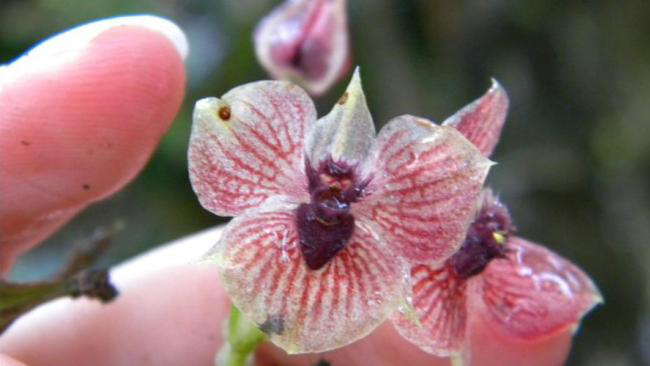
Telipogon Diabolicus
In writing Light Sonata, I wanted a good analogy to capture just how unique Rupert, the young pianist, and his symptoms are. Maybe a rare orchid in the jungle? Perhaps his genius could be like the orchid; the jungle, like his madness? Maybe . . .
I learned more about orchids—how hearty they are, how many places in the world they grow, and the large number of varieties—details not too conducive to my rare, delicate character. But to my astonishment, I learned that Marta Kolonowska from Poland had just discovered the telipogon diabolicus. Not only are they rare (only thirty or so), they also have translucent petals. In my mind, they can “hold the light beautifully,” like Rupert.
But, even more perfect for Light Sonata, the gynostemium—the central reproductive stalk of the orchid—looks like the face of the devil—hence the term diabolicus. I was astounded by the idea of beauty with a diabolical center, the center being creation. Perhaps I could tie this face into the other faces in the novel (see I’ve seen a thousand faces fade). Perhaps the devil in the beauty could capture the human condition spelled out with Adam and Eve in Genesis.

